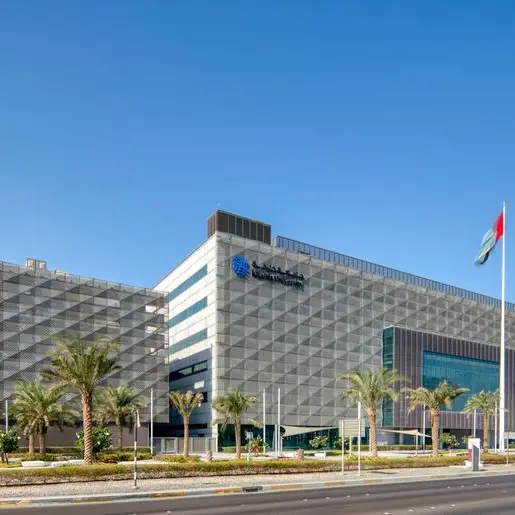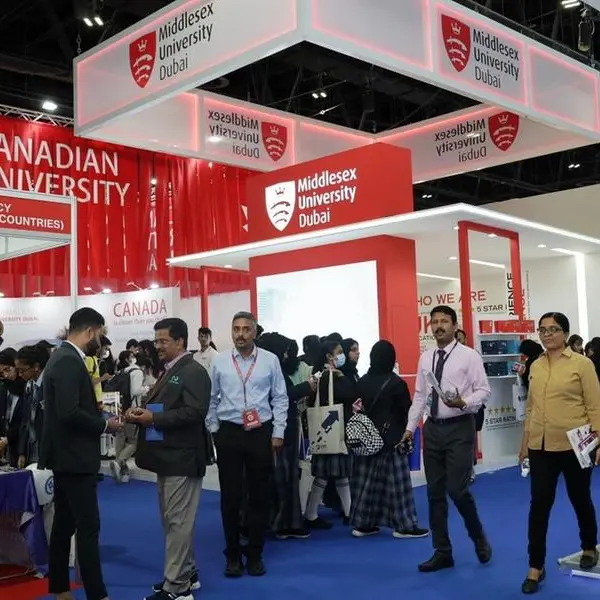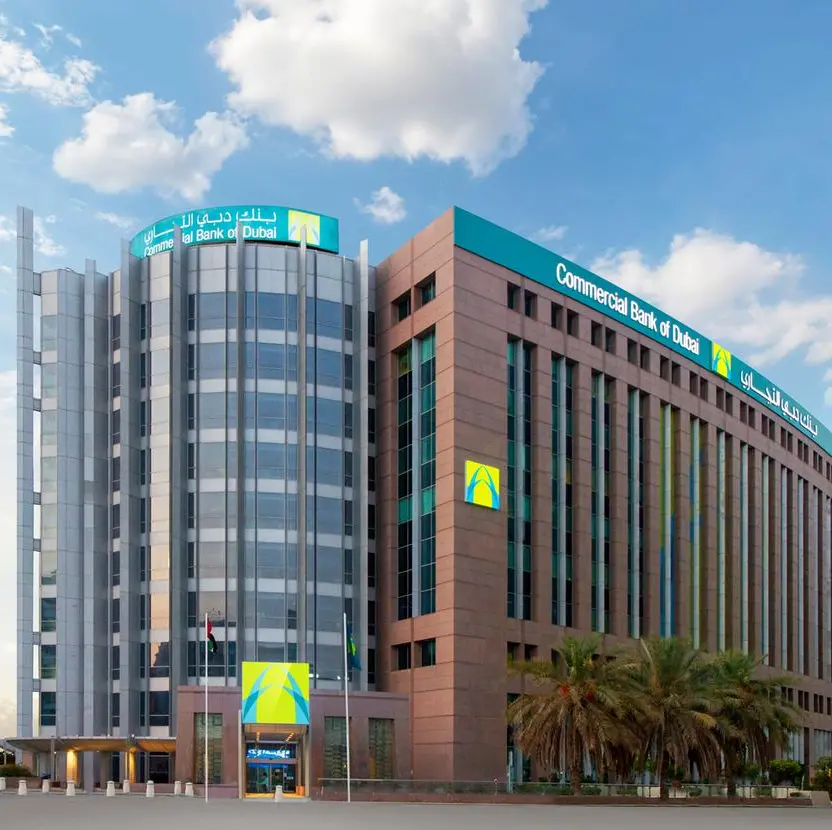29 July 2015
MUSCAT: With solar-based Enhanced Oil Recovery (EOR) having received a huge boost in the wake of Petroleum Development Oman's (PDO) recent landmark decision to set up the world's largest solar plant at its Amal field, solar technology suppliers are pitching for a share of the promising Omani EOR market.
Most notable is Germany's Solarlite CSP Technology GmbH which insists that its solar-based direct steam generation technology not only offers significant energy, operating and environmental savings, but is also underpinned by a substantial localisation component.
The company's Managing Director, Dr Joachim Kruger, was in Muscat recently to highlight the benefits of direct steam generation in recovering oil from fields containing heavy and viscous oil of the kind that abound in the Sultanate.
PDO and Occidental Oman currently use commercially valuable natural gas as a fuel to generate steam that is injected into such reservoirs to bring the heavy oil to the surface in a process known as steam-flooding or thermal EOR. But in a bid to harness the power of the sun to generate steam in place of natural gas, PDO recently announced an investment of around $600 million towards the development of a 1 gigawatt capacity solar plant based on the award-winning technology of US firm GlassPoint.
According to Dr Kruger, Solarlite technology, while complementing that of GlassPoint in solar EOR, also comes with significant economic and social benefits. Based in the German federal state of Mecklenburg-Western Pomerania, Solarlite designs and builds solar thermal parabolic troughs for power stations and process heat industries.
"Solarlite is based on parabolic troughs that have an aperture width of 4.6 metres to 5.5 metres, which is a technical requirement if we want to do direct steam generation," he said. "Direct steam generation is a key feature that differentiates our technology with others -- because we only using sun and water. There is no oil in our system. Our expertise lies in converting water into steam and creating stable high quality steam conditions which can even serve highly sophisticated turbines," he stated.
The curved parabolic troughs -- each comprising a single composite piece suitably shaped to capture the sun's radiation -- are a critical part of the system, he said. The material of the trough, as well as its structure, allows for all of the sun's radiation to be reflected onto a pipe that contains water. The steam is channelled into boilers and injected directly into the reservoirs. Produced water -- an abundantly available by-product of oil production -- can be used as feed water for steam injection, said Dr Kruger.
While acknowledging that capex costs of the system can be quite high, the project delivers substantial benefits over the long-term in the form of savings in natural gas, operating costs, and CO2 emissions, he stressed. Citing case studies by the company, he noted that cost savings can be excess of $100 million over 25 years, while on the environmental front, savings can be as high as one million tonnes of CO2.
More importantly, Solarlite projects are designed and structured to take full advantage of local content, said Dr Kruger. Giving the example of a solar-based power project implemented by the company in Thailand, as much of 70 per cent of the material for the venture was sourced locally, he said.
"When we embark on any project, we first assess the host country's local potential. Then we look for local partners and fully explore the possibility of local sourcing. Consequently, in addition to substantial CO2 emission savings, our projects have a high social impact. We create 1-2 permanent jobs per megawatt of installed capacity. And these are not just workers cleaning mirrors, and so on, but engineers and operators. We are also talking about the potential for investments in larger scale industrial installations."
MUSCAT: With solar-based Enhanced Oil Recovery (EOR) having received a huge boost in the wake of Petroleum Development Oman's (PDO) recent landmark decision to set up the world's largest solar plant at its Amal field, solar technology suppliers are pitching for a share of the promising Omani EOR market.
Most notable is Germany's Solarlite CSP Technology GmbH which insists that its solar-based direct steam generation technology not only offers significant energy, operating and environmental savings, but is also underpinned by a substantial localisation component.
The company's Managing Director, Dr Joachim Kruger, was in Muscat recently to highlight the benefits of direct steam generation in recovering oil from fields containing heavy and viscous oil of the kind that abound in the Sultanate.
PDO and Occidental Oman currently use commercially valuable natural gas as a fuel to generate steam that is injected into such reservoirs to bring the heavy oil to the surface in a process known as steam-flooding or thermal EOR. But in a bid to harness the power of the sun to generate steam in place of natural gas, PDO recently announced an investment of around $600 million towards the development of a 1 gigawatt capacity solar plant based on the award-winning technology of US firm GlassPoint.
According to Dr Kruger, Solarlite technology, while complementing that of GlassPoint in solar EOR, also comes with significant economic and social benefits. Based in the German federal state of Mecklenburg-Western Pomerania, Solarlite designs and builds solar thermal parabolic troughs for power stations and process heat industries.
"Solarlite is based on parabolic troughs that have an aperture width of 4.6 metres to 5.5 metres, which is a technical requirement if we want to do direct steam generation," he said. "Direct steam generation is a key feature that differentiates our technology with others -- because we only using sun and water. There is no oil in our system. Our expertise lies in converting water into steam and creating stable high quality steam conditions which can even serve highly sophisticated turbines," he stated.
The curved parabolic troughs -- each comprising a single composite piece suitably shaped to capture the sun's radiation -- are a critical part of the system, he said. The material of the trough, as well as its structure, allows for all of the sun's radiation to be reflected onto a pipe that contains water. The steam is channelled into boilers and injected directly into the reservoirs. Produced water -- an abundantly available by-product of oil production -- can be used as feed water for steam injection, said Dr Kruger.
While acknowledging that capex costs of the system can be quite high, the project delivers substantial benefits over the long-term in the form of savings in natural gas, operating costs, and CO2 emissions, he stressed. Citing case studies by the company, he noted that cost savings can be excess of $100 million over 25 years, while on the environmental front, savings can be as high as one million tonnes of CO2.
More importantly, Solarlite projects are designed and structured to take full advantage of local content, said Dr Kruger. Giving the example of a solar-based power project implemented by the company in Thailand, as much of 70 per cent of the material for the venture was sourced locally, he said.
"When we embark on any project, we first assess the host country's local potential. Then we look for local partners and fully explore the possibility of local sourcing. Consequently, in addition to substantial CO2 emission savings, our projects have a high social impact. We create 1-2 permanent jobs per megawatt of installed capacity. And these are not just workers cleaning mirrors, and so on, but engineers and operators. We are also talking about the potential for investments in larger scale industrial installations."
© Oman Daily Observer 2015











